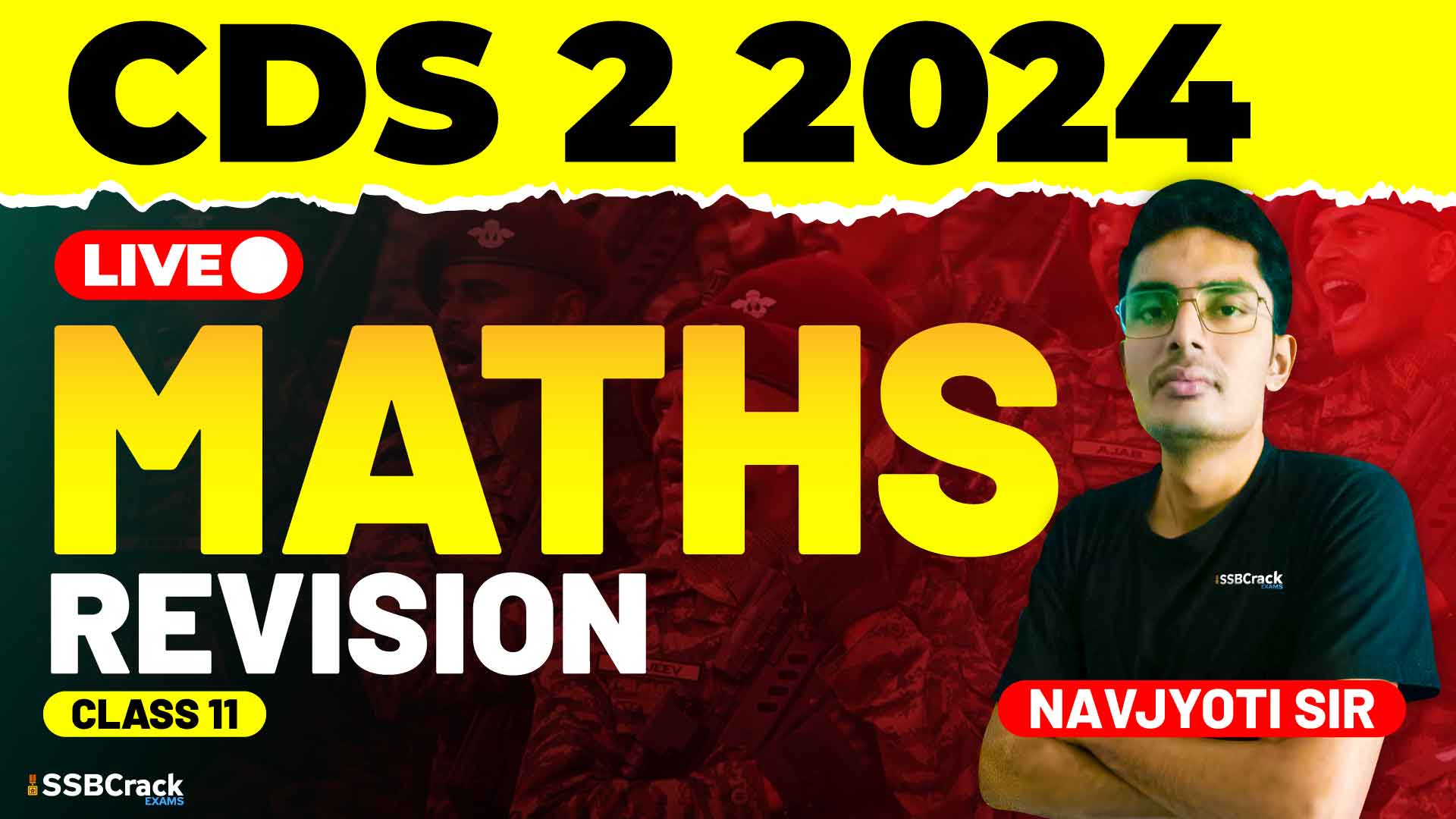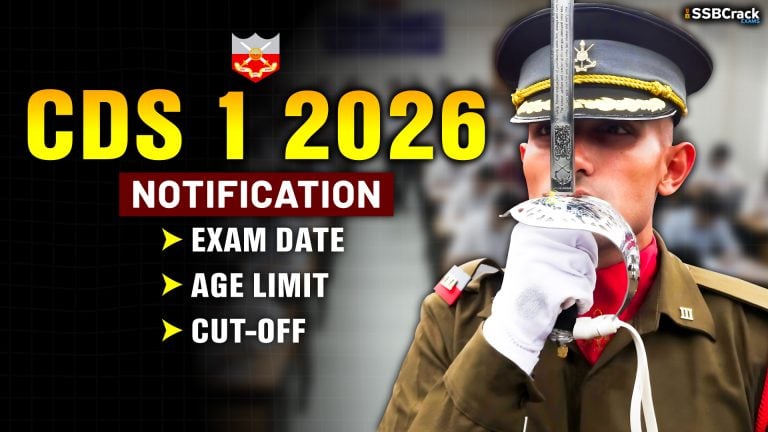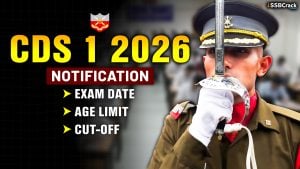Preparing for the Combined Defence Services (CDS) Exam requires a solid grasp of various mathematical topics, among which Algebra and Trigonometry are paramount. These topics are not only fundamental to understanding higher mathematical concepts but also frequently tested in the CDS Elementary Mathematics paper. A recent class focused on these topics through multiple-choice question (MCQ) practice, offering essential insights and strategies. This article will summarize the key points from the class and provide strategies to tackle Algebra and Trigonometry MCQs effectively in the CDS exam.
Understanding Algebra
Algebra serves as the foundation for most mathematical concepts and problem-solving techniques. In the context of the CDS exam, key areas within Algebra include:
- Basic Operations: Simplifying algebraic expressions, understanding the order of operations (BODMAS), and applying these principles to solve equations.
- Linear Equations: Solving single-variable and system of linear equations. Candidates must be comfortable with manipulating equations to isolate the variable and find the solution.
- Quadratic Equations: Identifying the standard form of a quadratic equation, and solving it using methods such as factorization, completing the square, or applying the quadratic formula.
- Polynomials: Understanding the structure of polynomials, performing operations (addition, subtraction, multiplication, division), and solving polynomial equations.
- Exponents and Powers: Simplifying expressions involving exponents and solving equations with exponents, which often appears in CDS exam questions.
- Inequalities: Solving and graphing inequalities, and understanding how to interpret the solution set.
Exploring Trigonometry
Trigonometry deals with the relationships between the angles and sides of triangles, particularly right-angled triangles. Key concepts covered in the CDS exam include:
- Trigonometric Ratios: Understanding the basic trigonometric functions—sine, cosine, tangent—and their reciprocals—cosecant, secant, and cotangent.
- Trigonometric Identities: Familiarity with fundamental identities, such as Pythagorean identities, and their applications in simplifying expressions or solving equations.
- Angles and Their Measures: Understanding how to convert between degrees and radians, and applying this knowledge to solve problems.
- Solving Trigonometric Equations: Techniques for solving equations involving trigonometric functions, often requiring the use of identities to simplify the equations.
- Height and Distance Problems: Applying trigonometry to real-world problems involving heights and distances, a common application in the CDS exam.
Strategies for Solving MCQs in Algebra and Trigonometry
Given the competitive nature of the CDS exam, effective strategies are crucial for solving MCQs in Algebra and Trigonometry. Here are some strategies discussed in the class:
- Read Carefully: Start by carefully reading each question to understand what is being asked. This prevents unnecessary errors and ensures you focus on the right approach from the beginning.
- Eliminate Wrong Choices: Use the process of elimination to narrow down your options. Even if you’re unsure of the correct answer, removing obviously incorrect choices increases your chances of guessing correctly.
- Simplify the Problem: Break down complex problems into simpler parts. For algebraic expressions, simplify step by step to avoid confusion. For trigonometric problems, consider using identities to simplify before solving.
- Substitute Values: For algebraic equations or identities, substituting values for variables can help verify which options are correct. This is particularly useful when you’re unsure of the algebraic manipulation.
- Use Approximation: In trigonometry, if exact values seem complex, approximate values (like using 0.707 for √2/2) can help you arrive at a close answer quickly.
- Practice Visualization: For trigonometric problems, especially those involving angles and distances, visualize the problem or sketch a diagram. This often clarifies the relationships between different elements of the problem.
- Time Management: Allocate your time wisely. If a question seems too time-consuming, mark it and move on. Return to it after you’ve tackled the easier questions.
- Avoid Common Pitfalls: Be aware of common traps, such as confusing degrees with radians or misapplying identities. Double-check your work to ensure you’re on the right track.
- Regular Practice: The more you practice, the more familiar you become with the types of questions asked in the CDS exam. Regular practice also enhances speed and accuracy.
Conclusion
Algebra and Trigonometry are integral parts of the CDS Elementary Mathematics paper, and mastering these topics is essential for success in the exam. The recent class provided a comprehensive overview of these subjects, along with valuable strategies for tackling MCQs effectively.
By focusing on understanding the core concepts, simplifying complex problems, and employing strategic approaches to MCQs, you can enhance your performance significantly. Remember, consistent practice and smart preparation are the keys to excelling in the CDS exam. Keep these strategies in mind, and approach your studies with confidence. Success in the CDS exam is not just about knowing the material but also about applying it efficiently under exam conditions.



















